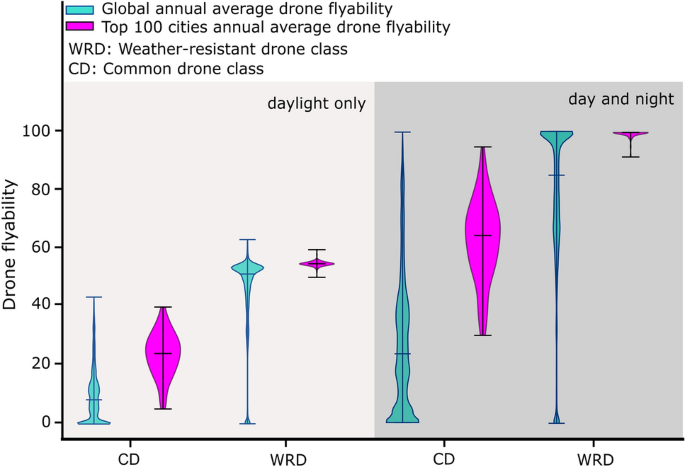
The human tendency to minimize a risk’s impact means the value assigned can and will be adjusted so that the sum of the various factors conveniently falls below the threshold at which mitigations should be implemented. I and others I know well use these concepts on every flight we just don’t try to apply numbers to them. I don’t advocate that pilots ignore risk management in their flying far from it. And, as discussed, aviation is an endeavor frequently demanding precision.Īs an aside, let me add that if this kind of calculation works for you, by all means go ahead and use it. It’s just that the act of assigning a value to something that has no objective number associated with it isn’t an exact science. Still, the associated guidance does an admirable job of trying to get to that conclusion.

The problem is that much of the FAA/industry’s approach to risk management is that it requires quantifying that which often doesn’t lend itself to quantification. Will we be at 90 percent? Fifty? How much is enough to see us through the approach to FAA minimums at the end of the trip? How much is too little? We know how much sleep we got last night, and at least have an estimate for when we’ll arrive at our destination, but it’s impossible to assign a value to the extent, if any, to which we won’t be performing at 100 percent of our capabilities. The problem is that many of the factors we must consider to minimize risk don’t easily lend themselves to numerical expression. Given that numbers often are what we use to gauge aircraft performance, it’s natural for us to want to apply the same basic math to risk management and aeronautical decision-making. We don’t, for example, label a crosswind component as mild, stiff or really stiff instead, we assign it a value, measured in knots and angle to the runway. We often think in terms of time, distance, altitude, weight and a host of other factors often best described using numbers. It flows from the finite, measured nature of aviation. The implication is that pilots can’t properly weigh likelihoods and outcome severities without math. The basic idea seems to be that a decision reached empirically is more effective than one reached through some other means. Much of the FAA’s approach to teaching risk management concepts assigns values-even color coding-to various aspects of planning and executing a flight.

But just changing the numbers we fly by may not be the best way to go about reducing risk, which is the objective, isn’t it? Calculating Pilots We typically want to reduce every decision to a greater-than or less-than equation. One reason is that human nature often results in our wanting a specific, objective standard against which to measure performance.

Adopting greater-than-required standards can be a good way for a less-experienced pilot to resolve various dilemmas arising from the knowledge he or she isn’t up to the task-whether it’s low ceilings, stiff crosswinds or fuel requirements.


 0 kommentar(er)
0 kommentar(er)
